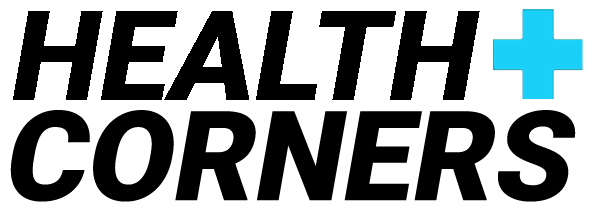[ad_1]
At no other time in the history of nursing in the United States of America has the nursing profession faced the kind of challenges as it facing today – challenges which the leaders of the profession must grapple – or indeed are grappling to meet and contain if the nursing practice is not to face a threat of irrelevance, if not extinction.
A number of factors constitute the major ingredients of the challenges facing the nursing profession today and they include in their order of seriousness: Technological advancement, health care reform, increasing workload- increased longevity among patients, increasing professional demand and increasing shortage of labour.
Technology is about the greatest challenge facing the nursing profession with the increasing growth in information technology already having a radical and revolutionary influenced on health care delivery in many areas including processing speed and capacity, the development of interactive user interfaces, image storage, transfer and telecommunications technology, and the increased affordability of personal computers. Rapid technological development in these areas have led to the explosion of information technology applications while advances in digital technology have increased the applications of telehealth and telemedicine, which is bringing patient and provider closer without physical proximity.
Nanotechnology has introduced new forms and revolutionized the diagnosis and treatment of many conditions using inexpensive equipment which has the capacity of detecting a wide range of diseases while radical innovations in the accessibility of clinical data have improved both outcomes and care management with electronic medical record replacing traditional documentation systems.
The Internet is increasingly affording consumers information formerly accessible to clinicians alone while e-commerce has become a routine process for transacting health care services and products and thus ushering a new era Educated Consumer – making today's patients well-informed consumers with some level of participation in decisions affecting personal and family health care. Consumers are thus becoming more interested and knowledgeable about health promotion as well as disease prevention, with increased acceptance and demand for alternative and complementary health options.
Another area of challenge facing the nursing profession today has to do with the population shifts in the United States which have affected health care priorities as well as nursing practice. As a result of advances in public health and clinical care, there has been a rapid increase in life span and expectancy with an expectation that by the next decade, over 20 percent of the American population will be 65 and older, with those over 85 constituting the fastest growing age group.
This rising number of older patients constitutes additional strain on the existing nursing pool because nurses would now deal not only with more chronic and acute conditions which will challenge the health care system's ability to provide efficient and effective continuing care but also more palliative and terminally ill cases. The challenge of the old-age factor on the nursing profession has to do with a demand for higher academic expertise and mental acumen to effectively handle the new crop of patient with its new complexities.
Labour shortage is another challenge facing the nursing profession. With nurses, like their patients, getting older and many nurses opting for the more attractive nursing homes, pharmaceutical and biotechnical companies and outpatient treatment facilities, the ensuing exodus has increasingly added to the strain on the existing pool. The situation is aggravated by the dwindling number of new intakes in nursing schools as a result of shortage of educational facilities. Enrollment in nursing education programs has declined each year since 1995. In 2002, is was reported that more than 5,000 potential students were turned away due to lack of space and shortages of faculty.
Again, the 2010 Health care reform and stimulus packages translates to greater number of people having access to medicare, which has shifted greater workloads to an already pressured health care workers.
[ad_2]
Source by Mandy Manuels





